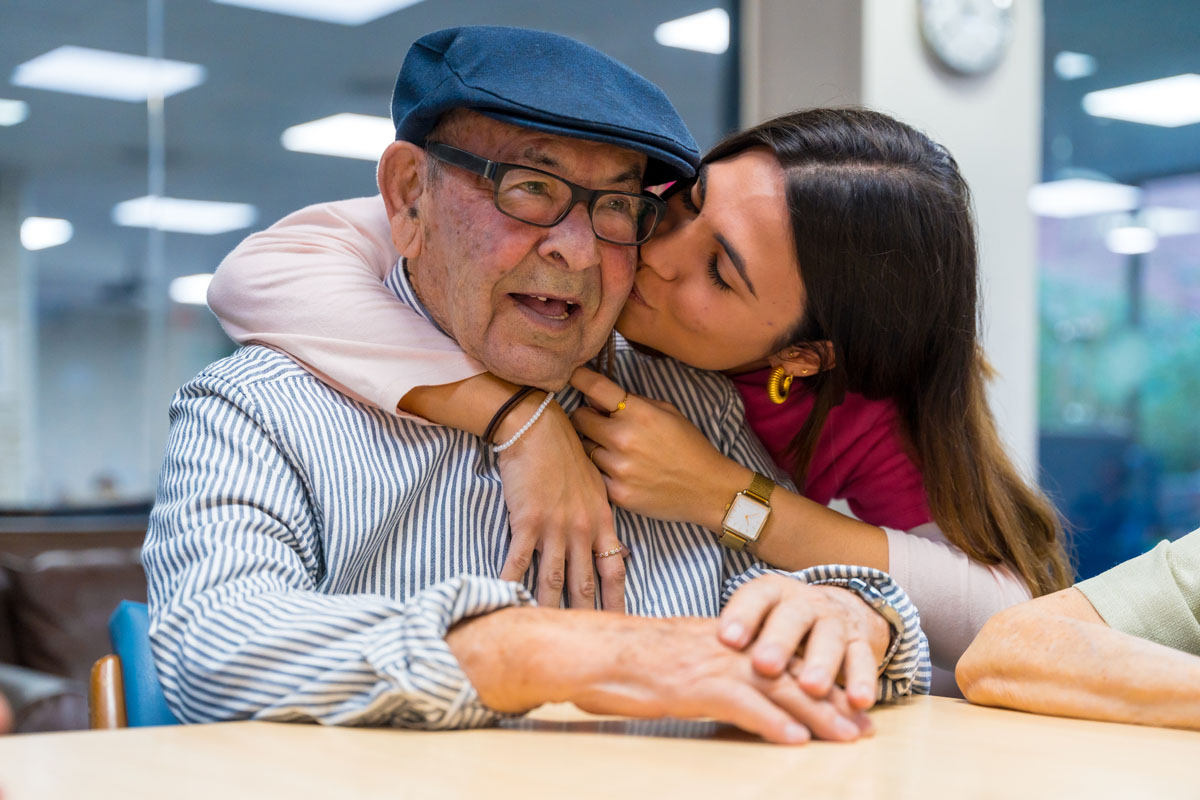Signs and Symptoms of Alzheimer’s

Memory loss that interrupts daily life could be an indication of Alzheimer’s or other types of dementia. This is a kind of brain disease that causes a slow decrease in memory, thinking and reasoning abilities.
There Are Ten Warning Signs and Symptoms
If you observe any of them, don’t overlook them. Schedule an appointment with your medical practitioner.
Memory Loss That Disturbs Daily Life
One of the more common indications of Alzheimer’s disease, notably in the early stages, is not remembering recently acquired information. Others include not remembering important dates or events, asking the same questions continuously, and increasingly needing to depend on memory aids (reminders or electronic notifications) or family members for things they used to handle on their own.
What is a typical age-associated change?
Often forgetting appointments or names but recalling them later.
Difficulties In Planning or Solving Problems
Many people living with shifts in their memory because of Alzheimer’s or other neurological disease may undergo changes in their capability to create and follow a schedule or work alongside numbers. They might have a hard time following a frequently used recipe or remember to pay monthly bills. They may have a challenging time concentrating and may take much longer to carry out tasks than they did before.
What is a typical age-associated change?
Making intermittent errors when dealing finances or housing expenses.
Challenges Completing Familiar Tasks
People dealing with memory changes from Alzheimer’s or other neurological disease usually find it challenging to complete everyday tasks. Oftentimes they may have difficulties going to a familiar place, creating a ot-do list or remembering how to play a favorite pastime.
What is a typical age-associated change?
Sometimes needing help using microwave settings or recording a TV show.
Confusion With Time Or Place
Those living with Alzheimer’s or other neurological disease can lose track of dates, time of year and the passing of time. They might have difficulty comprehending something if it is not unfolding in front of them. Oftentimes they may forget where they are or how they even got there.
What is a typical age-associated change?
Getting confused about what day of the week it is, but remembering later.
Trouble Understanding Visual Images and Spatial Relationships
Those living with Alzheimer’s or other neurological disease could undergo vision changes. This could result in challenges balancing or difficulty reading. They may also have difficulty judging distance and identifying color or contrast, resulting in issues when driving.
What is a typical age-associated change?
Changes with vision related to cataracts.
New Challenges with Words When Speaking or Writing
Individuals living with Alzheimer’s or other neurological disease may have difficulty following or joining in conversation. They might stop during a conversation and have no idea how to keep going or they might repeat themselves. They could struggle using their words, have trouble naming common objects or use the wrong name (calling a “pen” a “writing utensil”).
What is a typical age-associated change?
Sometimes having difficulty finding the right word.
Misplace Things and Losing the Ability to Retrace Their Steps
An individual living with Alzheimer’s or other neurological disease may put things in places where they don’t belong. They might lose something and are unable to retrace their steps to locate it again. He or she might blame others for taking from them, particularly as the disease advances.
What is a typical age-associated change?
Misplacing things occasionally and retracing their steps to find them.
Decreased or Poor Judgment
People living with Alzheimer’s or other neurological disease may experience changes in decision-making or their judgment. For instance, they may make poor decisions when dealing with money or be less attentive to dressing or cleaning themselves.
What’s a typical age-related change?
Making a poor decisions or mistakes from time to time, like failing to get an oil change.
Pulling Out of Work or Social Activities
An individual living with Alzheimer’s or other neurological disease may undergo changes in the capability to hold or follow a conversation. Resulting in withdrawing from hobbies, social encounters or other engagements. They may have difficulties keeping up with their favorite sports team or activity.
What’s a typical age-related change?
Sometimes feeling disinterested in family or social obligations.
Changes In Temperament and Personality
People suffering with Alzheimer’s or other neurological disease may undergo mood and temperament changes. They can become disoriented, distrustful, depressed, frightened or anxious. They could easily be upset at home, with friends or when outside their comfort zone.
What is a typical age-associated change?
Developing very particular ways of doing things and becoming irritated when a routine is interfered with.
Retirement Community In Surprise, AZ
Chaparral Winds is a beautiful, assisted living community near Sun City, AZ. Being able to socialize with other residents becomes an integral part of many peoples’ lives and Chaparral Winds Assisted Living offers common indoor space to support that need. If a resident requires assistance moving from a bed to a wheelchair or vice versa, this facility has staff who can help.
Address: 16623 N W Point Pkwy, Surprise, AZ 85374
Phone: (623) 975-0880






